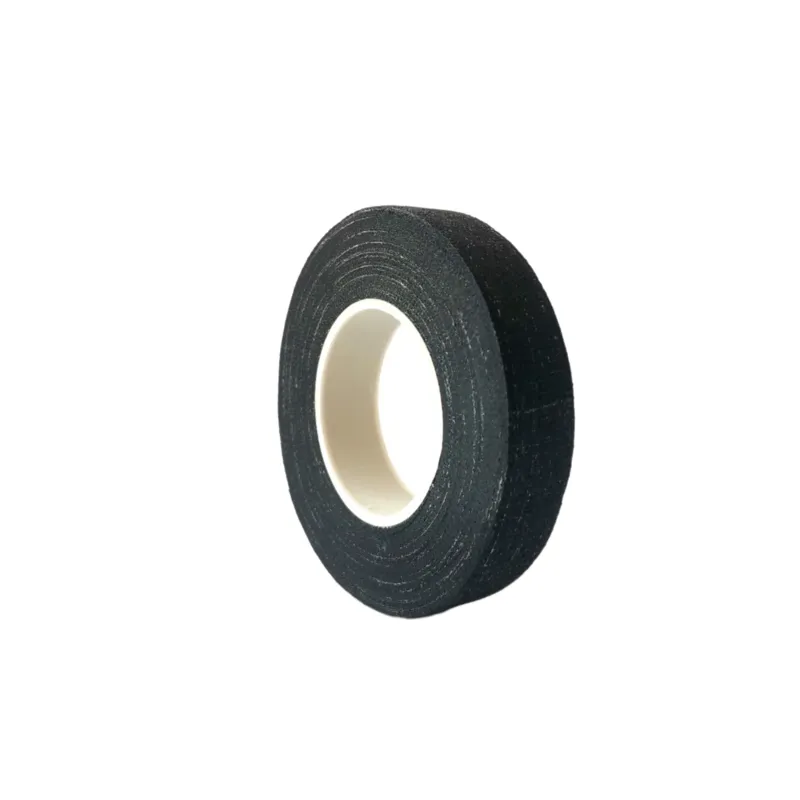Understanding Floor Warning Tape A Crucial Safety Tool
In various settings, ranging from industrial environments to retail spaces, safety remains a top priority. One effective tool that contributes to maintaining safety standards is floor warning tape. This bright, adhesive tape is designed to convey important messages, warn of hazards, and guide individuals in potentially dangerous areas. Its vibrant colors and clear patterns ensure that warnings are visible and straightforward, playing an essential role in accident prevention.
Floor warning tape comes in various colors and styles, each serving a different purpose. The bright yellow and black striped tape is commonly used to indicate caution, alerting personnel to pedestrian paths, equipment locations, or other potential hazards. Similarly, red tape often signals danger or prohibited areas, helping to prevent unauthorized access to sensitive or hazardous zones. Additionally, green tape may denote safe pathways or areas for work, while blue tape can be used to indicate informational zones. The versatility of floor warning tape makes it an effective tool for diverse industries, including manufacturing, healthcare, and construction.
One of the key advantages of using floor warning tape is its adhesive quality. Unlike traditional signs that may require installation hardware or permanent fixtures, warning tape can be applied directly to the floor, making it easy to reposition or remove as needed. This flexibility is particularly beneficial in dynamic environments where layouts frequently change. Moreover, the tape’s durability ensures that warnings remain visible even in high-traffic areas, reducing the likelihood of wear and tear over time.
floor warning tape

Incorporating floor warning tape into a safety strategy is not just about compliance with regulations; it enhances overall workplace safety culture. Employees and visitors alike gain a clear understanding of potential risks when they can visually identify hazard zones. This proactive approach can significantly reduce accidents and increase awareness, fostering a safer environment for everyone involved.
To effectively implement floor warning tape, organizations should conduct regular safety audits to determine where such tape is needed. Additionally, providing training on the importance of these visual cues can empower workers to take personal responsibility for their safety and that of their colleagues. Best practices involve not only applying the tape correctly but also ensuring that it remains clean and unobstructed for maximum visibility.
In conclusion, floor warning tape is a vital component of workplace safety that should not be overlooked. By using this simple yet effective tool, organizations can enhance safety awareness, reduce the risk of accidents, and promote a culture of safety within their facilities. Investing in quality floor warning tape is a small step that can lead to significant safety improvements and foster a sense of security in the workplace.
-
XIANGFAN Rubber Tape-Ultimate Solutions for All Your Insulation NeedsNewsJun.24,2025
-
XIANGFAN Rubber Tape-Protection for Industrial and Residential ApplicationsNewsJun.24,2025
-
XIANGFAN Rubber Tape: Superior Safety and Sealing for Demanding EnvironmentsNewsJun.24,2025
-
XIANGFAN Rubber Tape: Reliable Solutions for Every Electrical ChallengeNewsJun.24,2025
-
XIANGFAN Electrical & Industrial Tape: Powering Reliability Across IndustriesNewsJun.24,2025
-
XIANGFAN Electrical & Industrial Tape: Excellence in Every ApplicationNewsJun.24,2025
